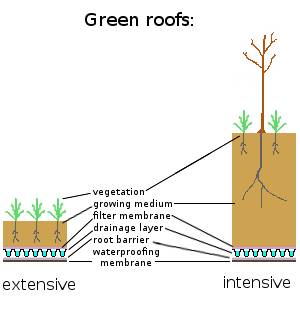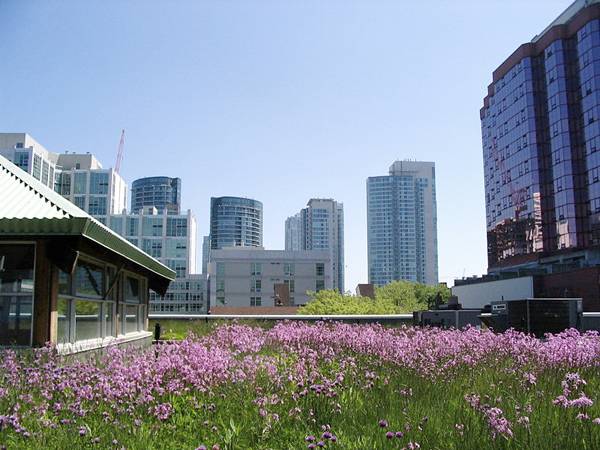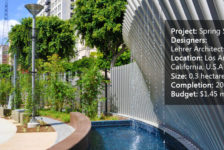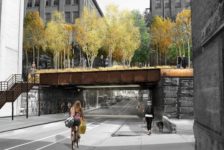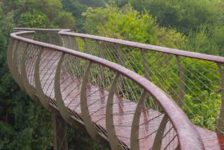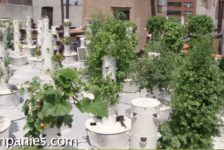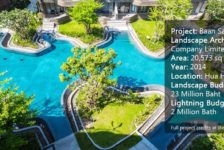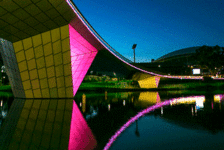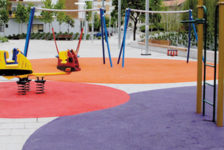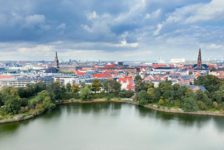We give you the low down on extensive green roofs, outlining what’s involved and why you should create them. Extensive green roofs are a form of Sustainable Urban Drainage System (SUDS) that can provide many ecological, economic, biodiversity, and aesthetic advantages over traditional tile, metal, or felt roofs. In this essential guide, we take you through everything you need to know about extensive green roofs.
Intensive or Extensive? An extensive green roof is a vegetated roof that does not require an additional watering system. Typically, this limits the range of plants that can be accommodated to herbaceous perennials and succulents. Intensive green roofs, on the other hand, can accommodate larger species, such as woody perennials, but require greater engineering and are often more expensive to install and maintain.Benefits of Extensive Green Roofs
In her excellent article Permeable Paving: The Essential Guide, Marta Ratajszcak highlighted the need for storm water to effectively drain through the soil to avoid localized flooding. Another way to prevent flooding through SUDS is to prevent some of the water from reaching the ground or drainage system. According to the Green Roof Centre, extensive green roofs are able to store up to 80 percent of summer storm water and between 10 percent and 35 percent of winter rain that falls on the roof. This water is stored within the plants and substrate on the roof, thus mitigating the effects of storms.
Extensive green roofs turn a potentially dead and barren hardscape into a verdant oasis of vegetation within the city. In addition to the biodiversity benefit of incorporating vegetation into a previously unplanted area, local wildlife is provided with shelter, foraging, and nesting habitat. As Oana Anghelache points out in her article Why Should You Have Grass on a Roof, a green roof can insulate both sound and heat. The additional layers of drainage material, substrate, and planting used in extensive green roofs have an insulating effect on the building to which they are applied. This in turn saves on heating and cooling costs. The aesthetic benefits of extensive green roofs can add to the value of properties. With the principles of biophilic design being increasingly popular in urban design, the need for incorporating more natural stimuli into the urban grain is becoming a priority. Properties that achieve ecological benefits while providing attractive green views can attract a commercial premium. Fire, Health and Safety Arguably, the Germans are the world leaders in specifying extensive green roofs. The German FFL Standards (Forschungsgesellschaft Landschaftsentwicklung Landschaftsbau) set out criteria for the specification and installation of green roofs, which include recommendations such as leaving a 0.5 meter vegetation-free zone around walls to act as a fire break. This is vitally important, as the green roof could potentially dry out in summer and become a fire hazard. The fire break stops the fire from easily spreading from one area of a building to another via the green roof. Another concern is the angle of the roof. While it is possible to turn an existing flat roof of less than 2 degrees into a verdant green roof, such a shallow fall can present difficulties for drainage. On the other hand, roofs with an angle greater than 10 degrees present health and safety issues for installation and maintenance. For these reasons, a landscape architect will usually defer to a specialist when dealing with roofs outside of these parameters.
Certainly no drainage problems with this green roof. Credit: CC BY-SA 2.0 Ryan Somma
Typical Extensive Green Roof Construction
A typical extensive green roof is made up of various layers of materials. Usually, these include: • An insulating layer • A waterproof membrane • A drainage layer • A filter fabric • Gravel • Another filter layer • Substrate/growing medium • Plants Not all layers are needed in every roof. For example, if the roof is insulated immediately below the roof deck, then the insulation can be left out. Therefore, it is important to liaise carefully with the architect when specifying green roofs.
Types of Extensive Green Roof
There are three main types of extensive green roof that the architect or landscape architect can employ. They each have their advantages and disadvantages. Sedum Mat/Seed The simplest and cheapest method of installing an existing or proposed roof is the Sedum green roof. Being succulent plants, Sedums require only the minimal build-up of substrate growing medium and are relatively easy to maintain. Sedum mats can even be rolled out much like turf to instantly green an extensive green roof. For their weight, sedums can carry a lot of water, making them an ideal choice to use for storm water mitigation.
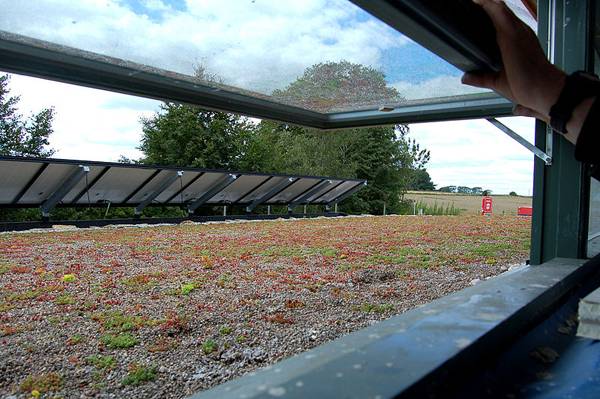
Green roof with Sedum plants and solar panels at The Green Shop, Bisley, Gloucestershire, UK. Credit: By thingermejig; CC-by-sa-2.0



